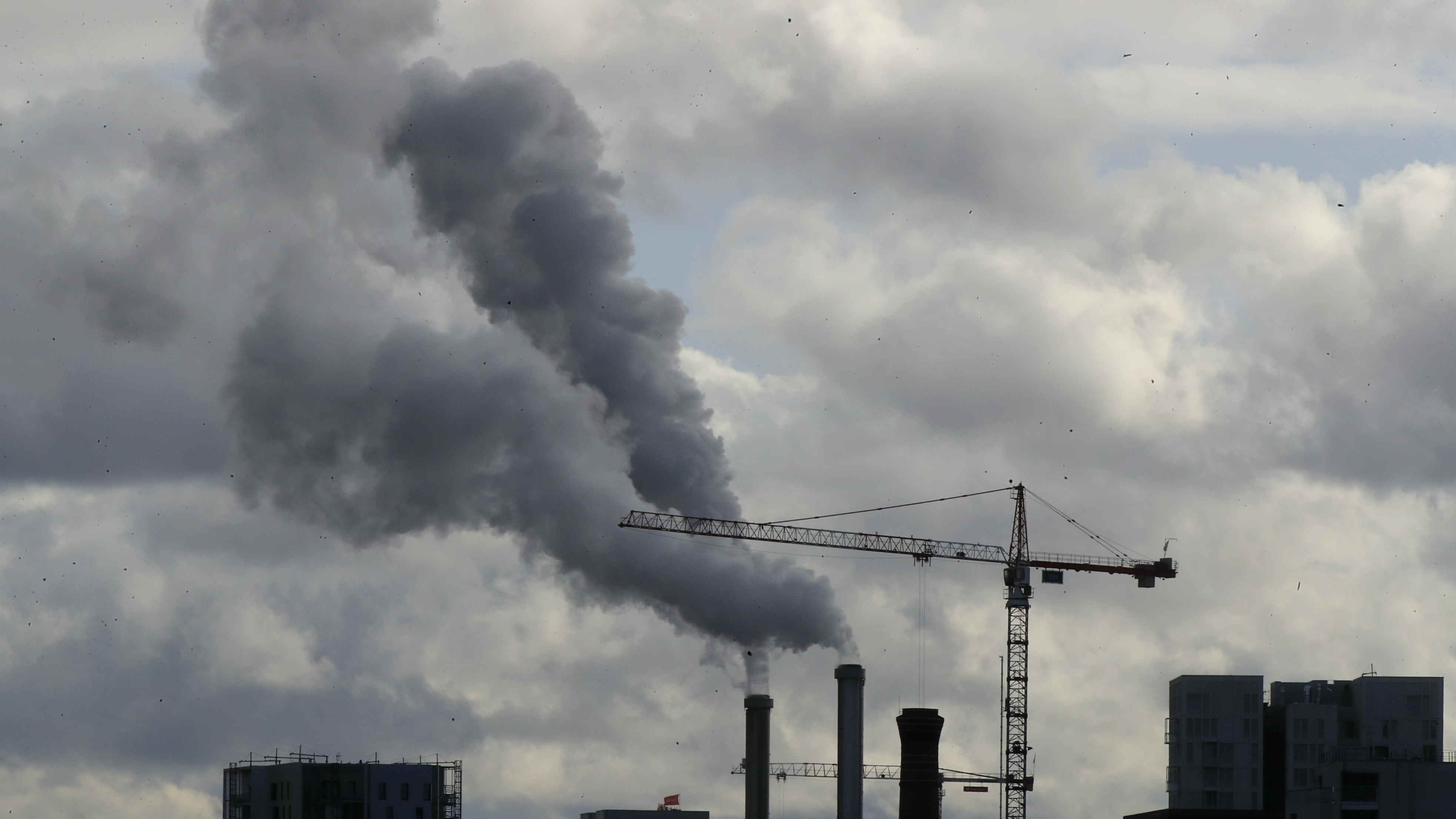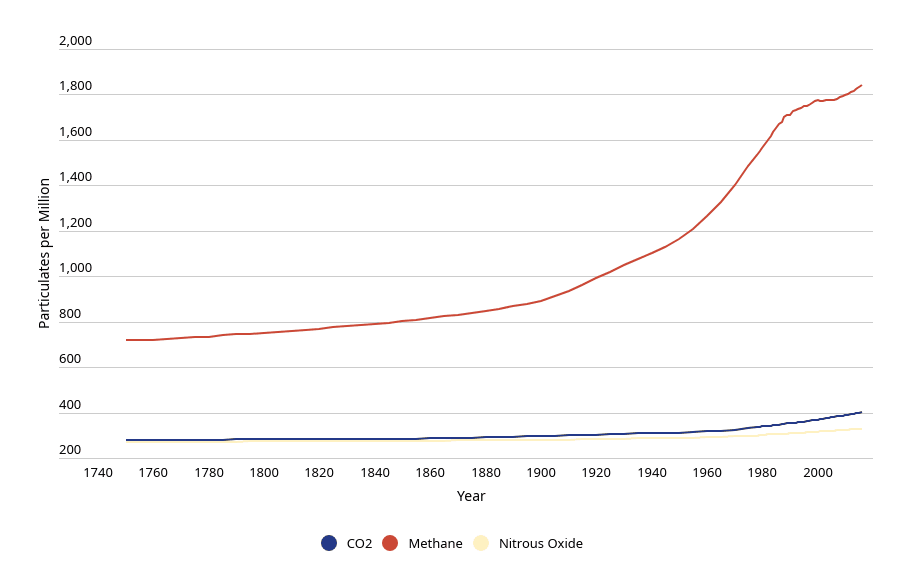
Unless consumption is addressed, change won't come. (Credit: AP/Michel Euler)
Unless consumption is addressed, change won't come. (Credit: AP/Michel Euler)
Greenhouse gas levels in the atmosphere have risen so rapidly that scientists have to look back millions of years to find a comparable situation, according to a new report by the World Meteorological Organization
In its annual Greenhouse Gas Bulletin, the World Meteorological Organization showed concentrations of carbon dioxide (CO2) reached 407.8 parts per million in 2018, up from 405.5 parts per million in 2017.
Oksana Tarasova, global head of the UN's Atmosphere Watch Program, told CGTN that only by delving deep into the Earth's history can scientists find real world reference points to study the impact of such levels on the climate.
Analysis of air bubbles trapped in ice can allow scientists to travel back in time around 800,000 years to study CO2 and methane levels and compare them with other data points from that time. However, using fossilized material they can glimpse even further back – up to 7 million years – allowing them to examine extreme changes in the Earth's climate.
"We've seen these levels of CO2 in the atmosphere about 3 to 5 million years back," Tarasova explained.
"During that time, the temperature was 2 to 3 degrees [centigrade] higher and the sea level was 10 to 20 meters higher... so many of our coastal cities would be under water," she said.
Although we know what the basic atmospheric levels may suggest, Tarasova warned that we don't actually know how the recurrence of these levels will affect the world as it is today, thanks to the speed at which it has occurred.
"We don't know how long with this will take, because ... the planet Earth never experienced the changes in CO2 and methane at this speed."

Source: European Environment Agency
Source: European Environment Agency
There was a period of history when the Earth experienced a similar change in pollutant particulate levels – but it happened over a century or two. This change is far quicker, Tarasova explained, with the same increase experienced in merely five years.
And it's that rate of change, and the unknown future that awaits us, that led Tarasova to warn of the risk to the whole population of the planet.
"Look at the frequency of extreme events, the frequency is increasing … we can see within the past 20 years, about 4.5 billion people were affected by natural disasters, which means we are all at risk," Tarasova said.
"It is very likely that everybody will be affected," she added.
The WMO backs governmental and intergovernmental policy, such as the Paris Climate Accords, to tackle the crisis. But Tarasova is clear that individuals need to take action to avert a full-scale climate disaster.
"The increase in emissions is related to the fact that we have quite a lot of consumption," she said in a telephone interview. "Governments make commitments on a national scale, but its not the governments, it's the people, it's us on the ground, industries, that have to take action."
She added: "Governments can introduce certain laws, but if people don't take action on the ground then the governments won't do much."
Read more: Greenhouse gas level shows 'no sign of a slowdown': WMO